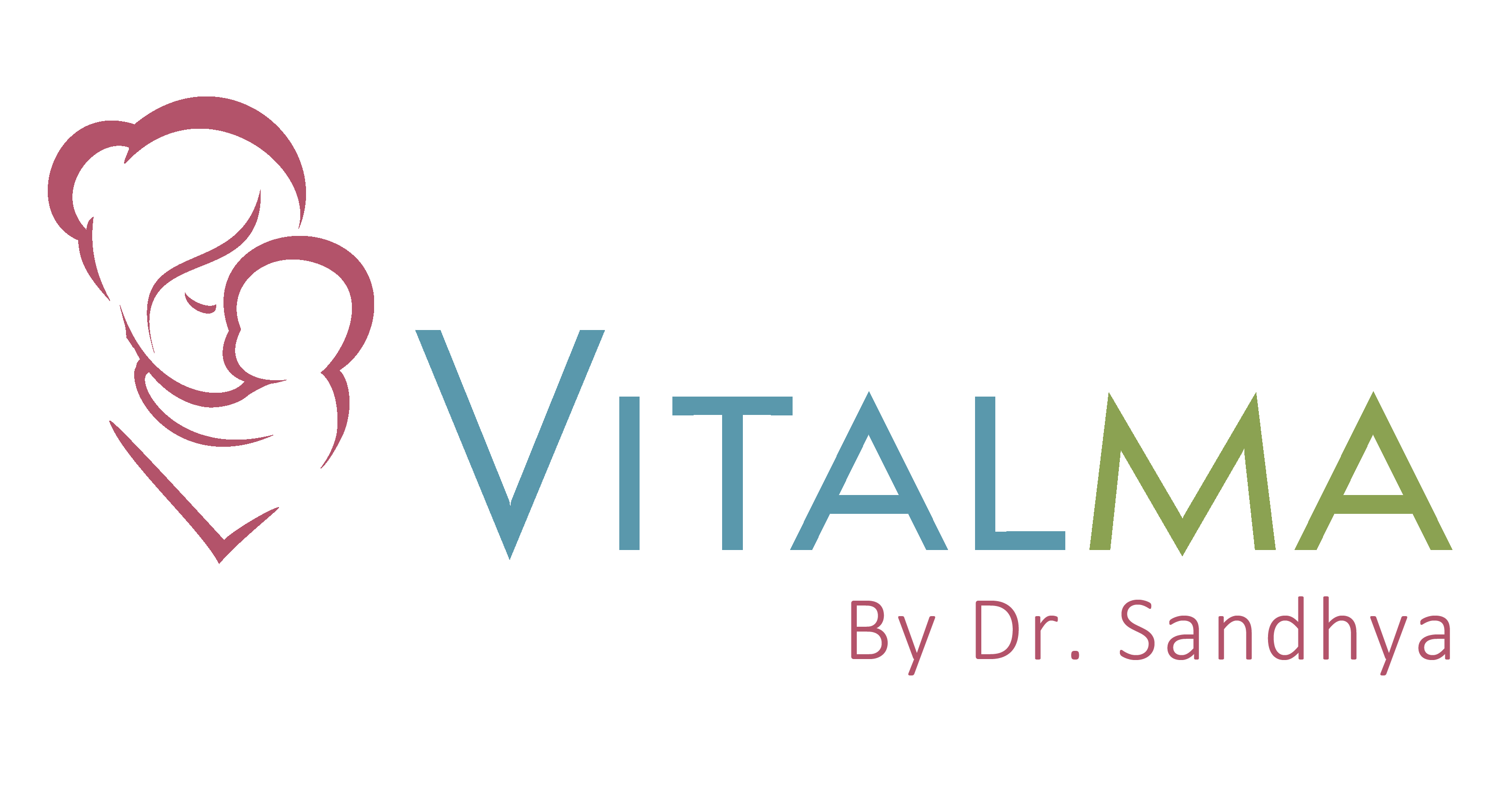By Jennifer Daniel
Learning disabilities can present significant challenges for children, affecting their ability to acquire and apply knowledge effectively. As educators, parents, and caregivers, understanding these disabilities and providing appropriate support is crucial to helping children thrive academically and socially.
What are Learning Disabilities?
Learning disabilities are neurological disorders that affect the brain’s ability to process and respond to information. These disorders can interfere with learning skills such as reading, writing, or mathematics, and may manifest differently in each child. Common types of learning disabilities include dyslexia (difficulty with reading), dysgraphia (difficulty with writing), dyscalculia (difficulty with math), and auditory processing disorder (difficulty with hearing and processing auditory information).
Signs and Symptoms
Recognizing the signs of a learning disability early is essential for timely intervention. Children with learning disabilities may exhibit the following signs:
- Reading: Difficulty with reading comprehension, decoding words, and recognizing sight words.
- Writing: Poor handwriting, difficulty organizing thoughts on paper, and trouble with grammar and punctuation.
- Mathematics: Difficulty understanding concepts like time, money, and measurement, and trouble with basic arithmetic.
- Attention: Short attention span, difficulty following instructions, and becoming easily distracted.
- Language: Difficulty expressing thoughts verbally, limited vocabulary, and trouble understanding spoken language.
- Memory: Difficulty remembering information, such as days of the week, spelling words, or multiplication tables.
Diagnosis and Assessment
Diagnosing a learning disability involves a comprehensive assessment by qualified professionals, such as educational psychologists or pediatricians. Assessment tools may include standardized tests, observations, and interviews with parents and teachers. It’s crucial to differentiate between learning disabilities and other factors that may affect learning, such as intellectual disabilities, emotional disturbances, or environmental factors.
Supporting Children with Learning Disabilities
Supporting children with learning disabilities requires a collaborative approach involving educators, parents, and professionals. Here are effective strategies to support these children:
- Individualized Education Plan (IEP): An IEP outlines specific learning goals, accommodations, and support services tailored to the child’s needs. It is developed by a team including parents, teachers, and special education professionals.
- Multi-sensory Learning: Utilize multiple senses (auditory, visual, tactile) to reinforce learning concepts. For example, using hands-on activities, visual aids, and interactive games can enhance comprehension.
- Assistive Technology: Technology tools such as text-to-speech software, graphic organizers, and calculators can help children with learning disabilities overcome challenges and achieve academic success.
- Structured Environment: Maintain a structured and predictable daily routine to help children with learning disabilities feel secure and focused. Clear expectations and consistent routines can reduce anxiety and improve learning outcomes.
- Positive Reinforcement: Encourage and celebrate small achievements to boost self-esteem and motivation. Positive reinforcement can help children develop a growth mindset and persevere through challenges.
- Collaboration with Parents: Keep open lines of communication with parents to discuss progress, challenges, and strategies for support both at home and at school.
Creating an Inclusive Environment
Inclusive education is essential for children with learning disabilities to thrive alongside their peers. Here are ways to promote inclusivity in the classroom:
- Peer Support: Foster a supportive classroom environment where peers can help each other and learn together. Encourage peer tutoring and collaborative learning activities.
- Differentiated Instruction: Modify teaching strategies and materials to accommodate diverse learning needs. Provide alternative ways to demonstrate knowledge and understanding.
- Social Skills Development: Teach and model social skills such as turn-taking, sharing, and problem-solving. Peer acceptance and friendships can enhance self-esteem and social development.
Conclusion
Understanding and supporting children with learning disabilities requires patience, compassion, and a commitment to individualized learning approaches. By working together as a team—educators, parents, and professionals—we can create environments where all children can succeed. Early intervention, personalized support, and a focus on strengths can empower children with learning disabilities to reach their full potential academically and socially.
In conclusion, a supportive and inclusive approach is key to unlocking the potential of children with learning disabilities, ensuring they have every opportunity to learn, grow, and thrive.

